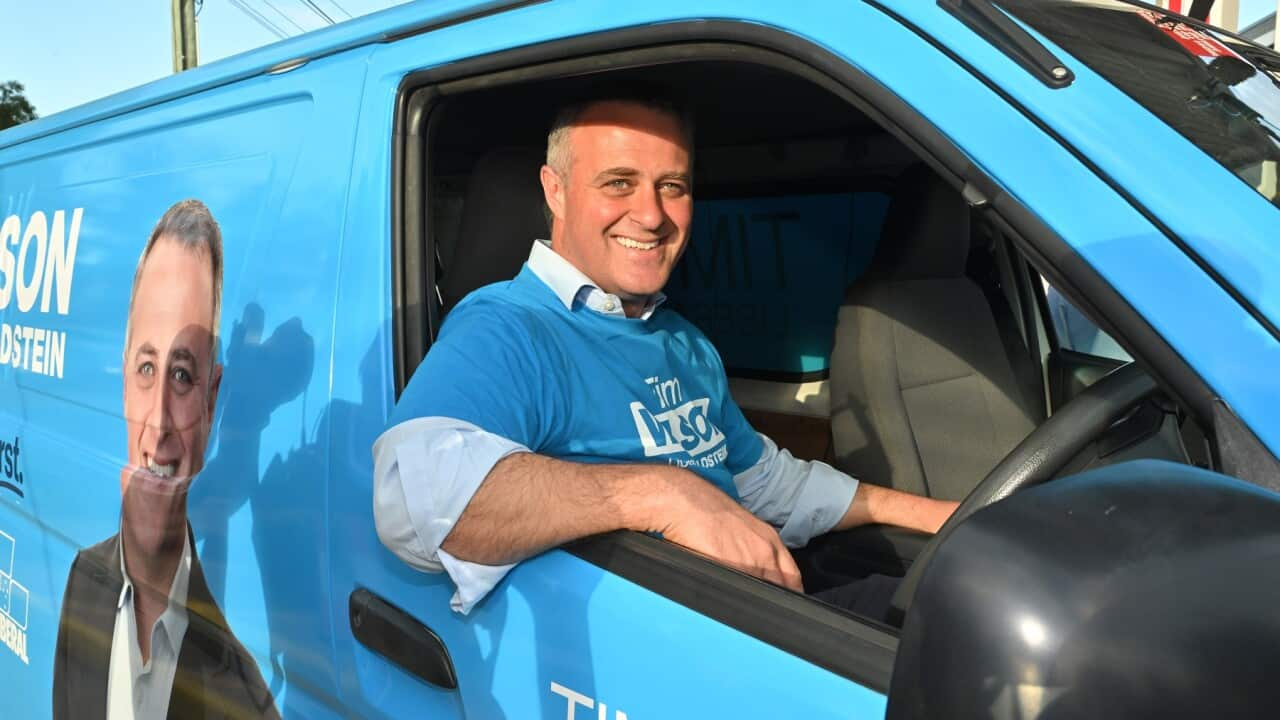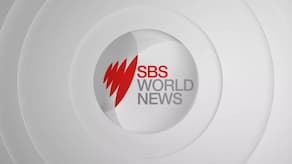TRANSCRIPT
The Liberal Party.
It's the party with the most election wins under its belt in Australian history.
And the party of Australia's two longest-serving Prime Ministers.
But where did the Liberal Party come from and who are they now?
The party was formed in 1944.
Senior Lecturer at the Australian National University Dr Jill Sheppard says there was a simple idea behind it.
"The Liberal Party really just formed in response to the Labor Party, and that has shaped not only sort of their history, but it also shapes where they are at the moment."
Sir Robert Menzies, the founding member of the Liberal Party, was very strong on the idea of individual choice.
His assessment was that the Labor Party had been born out of the union movement and that no one spoke for people who were self-employed, and the middle class.
And a bunch of other people thought the same thing, so they banded together to form the Liberal Party, as former Liberal Party Frontbencher George Brandis explains.
"The Liberal Party was conceived to represent the broad mainstream of Australia in those days, not organised labor, and it certainly wasn't designed to represent the big end of town either."
In 1949 the Liberal Party won its first election, partnering up with the Country Party of Australia, making Robert Menzies Prime Minister.
"He was hugely successful at creating and sort of driving this sense of purpose that represented an Australian society that made sense to a lot of people, and he called these his forgotten people."
"Menzies said the rich can look after themselves, the working man is often looked after by his trade union. But middle class people, small business people, professional people, farmers, artisans, those sorts of people have no one to look after them. So that was the original base of the Liberal Party."
He was a strong advocate of the 1901 Immigration Restriction Act - more commonly known as the 'White Australia Policy'.
But in 1966, the Liberal party changed laws, paving the way to abolish the policy.
The party is considered to be the more conservative of the two major parties.
And since the party is more politically conservative than well, liberal, the name might seem a bit confusing.
Whilst in other parts of the world the parties that oppose labour are often named conservative parties, George Brandis says that isn't what the original party was about.
"Of the various options that Menzies had in choosing the name of his new party, he avoided calling it the Conservative Party, because he wasn't a conservative, he was a classical liberal."
But Dr Sheppard says there is a conservative element.
"There's two core streams of the Liberal Party, and one is what we would call liberal, but we often call that small 'l' liberal. What we mean there is a genuine belief that government is not here to help you, that you are your best advocate, that you should you can best decide how to live your life, and the less the government does, the better. The conservative stream of the Liberal Party does think that government is okay. They're much less resistant to the idea that government can solve our problems. But what they are less happy about are things like same sex marriage, open borders, you know, international students. They want a smaller, quieter Australia that looks more like it did in the 1960s. It's an incredibly at times, different set of principles that the Liberal Party is trying to manage. Under Peter Dutton, the party feels quite conservative. It feels like a party that just wants us to live quietly, does not want to rock the boat too much."
Other well-known Liberal party policies include:
Resettling Vietnamese refugees after the Vietnam war in 1976
Establishing, yours truly, the Special Broadcasting Service in 1977
Bringing in tougher gun laws after the Port Arthur massacre in 1996
And creating Operation Sovereign Borders in 2014
"What the government has done is stop the boats."
Dr Sheppard says the party would be proud of its economic achievements.
"Liberalization of the economy, you know, the ability for anyone in the middle class or working class to move up in society, to own their own business, to go to university if they wish, to live the kind of life that they choose that isn't tied to their occupation or to what their parents did. They would say that is their core achievement over the last 30 years."
Some of the parties best known leaders include Harold Holt, who famously went missing in the ocean.
"Here is a news flash from the Herald Sun newsroom. An intense land, air, and sea search is continuing near Portsea's back beach for Prime Minister, Mr Holt."
...And John Howard, the second longest serving Prime Minister of Australia.
The party was last in government in 2022 - and Scott Morrison was the last Liberal Party Prime Minister of Australia.
Peter Dutton is current leader, and will be the Prime Minister if the coalition wins the next election.
He's been a politician for 25 years, and before then was a police officer.
The Liberal Party teams up with the Nationals in a coalition to form government.
Mr Brandis describes it as...
"A functional relationship. It's a necessary relationship. The National Party, though, is a very different beast from the Liberal Party."
This election the Liberal Party's slogan is 'get Australia back on track', with policies including.
- Building Australia's first nuclear reactor
- Being tough on crime
- Reducing wasteful spending, including cutting public service jobs.
- And reducing migration.
So how does the party stack up to its original manifesto?
Pretty well, says Dr Sheppard.
"Weirdly, I think the Liberal Party is probably closer to its original party than the Labor Party is, even though they've never had a strong sense of purpose, necessarily, apart from opposing Labor, there's always been tension between conservatives and liberals inside the Liberal Party. That was the case in 1944 when the party was founded and its the case today."
ho is the Liberal Party?













